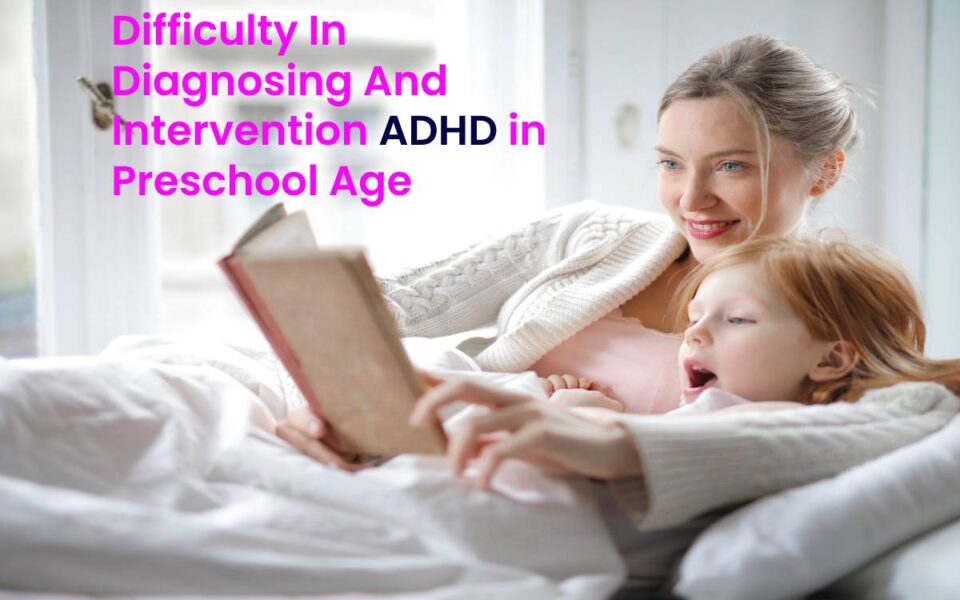The diagnostic manuals set the age to determine the diagnosis of Attention Deficit Hyperactivity Disorder (ADHD) at seven years of age, since it establishes that until the age of 6 years, children do not have fixed behavior patterns, due to the variability of the child in his responses to the environment.
Table of Contents.
In some cases, there are clinical warning signs at preschool age (counted from the age of 4 years) that lead to suspicion of a possible pattern compatible with an ADHD picture.
These children between 4 and 6 years of age have a progressively lower level of acceptance of the rules than the others; they have frequent tantrums, more conflicts with their peers, and they stick more with them because they are more competitive because of their impulsiveness.
They often ask for many things with insistence, and they are fearless without seeing the danger because they also have excellent motor activity and curiosity about everything. Sometimes they also present early disruptive behavior with temperamental variations and emotional regulation alterations for their corresponding age, which results in limited social interaction and even a complicated relationship with their parents (Mulas, 2012.)
Inattentive preschool ADHD go unnoticed because they are not so conflictive, they go their own way and pay little attention to others, and take toys out of their place but then they ignore them, and in class, they do not follow the rhythm of others, they forget of their tasks and organize their activities worse (Mulas, 2012.)
On the other hand, the environments also influence. It may be the case that at home, they are very tolerant of the child. However, in the nursery, they complain, and only a careful clinical follow-up of the warning signs will allow making a well-founded diagnostic suspicion.
According to experts, the signs (according to hierarchical order) that characterize preschool children with ADHD are:
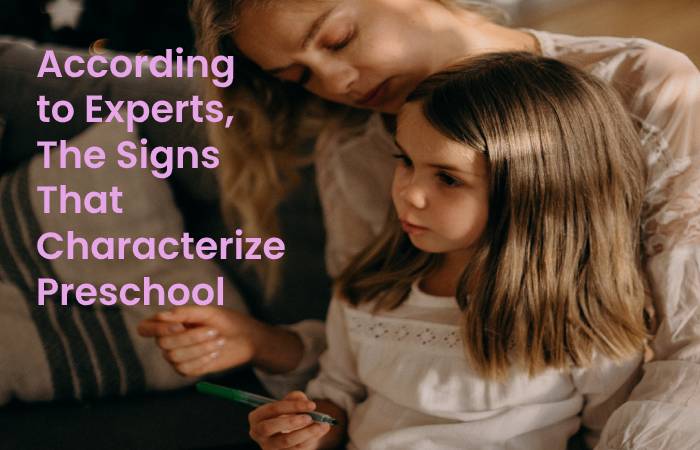
- Weak disposition for social play with other children.
- Children give excessive preference for sports games over educational ones.
- They feel dismantling attitude towards toys and reduced sustained interest in play.
- Language delay.
- Delay and clumsiness in the development of adaptive excellent motor skills.
- Children face Difficulties in learning colors, numbers, and letters.
- Difficulties for graphic development and for understanding the human figure.
- Emotional immaturity for their corresponding age.
- Constant tantrums and more accidents, albeit mild, at home or in the kindergarten.
Despite showing this evidence, from the clinical point of view, the diagnostic precision is not effortless. Preschool ADHD manifests in 50% less than in school age, which is around 3% of children, due to difficulties in standardizing diagnostic criteria.
There are no predictive clinical criteria for preschoolers (under six years old), although those corresponding to DSM-IV may be useful for childhood ADHD when estimating a differential diagnosis of ADHD concerning behaviors of over-activity, distractibility or alteration. of the standards above the average of the normality criteria (Viser et al., 2007.)
Pharmacological treatment and psycho-pedagogical intervention in preschool age:
In children with preschool ADHD (from 4 years), the use of psychostimulatory drugs such as methylphenidate, have less efficacy at this stage than at school age, more adverse effects appear at preschool age, and these ages do not There are approved pharmacovigilance indications for most drugs used for ADHD (both psychostimulant and NOT psychostimulant.)
There is empirical evidence that psycho-pedagogical intervention has a more significant benefit in preschool ADHD (Swanson, 2006.)
Pharmacological treatment or psycho-pedagogical intervention
In children with preschool ADHD (from 4 years), the use of psychostimulatory drugs such as methylphenidate, have less efficacy at this stage than at school age, more adverse effects appear at preschool age, and these ages do not There are pharmacovigilance-approved indications for most drugs used for ADHD (both psychostimulant and NOT psychostimulant.)
There is empirical evidence that psycho-pedagogical intervention has a more significant benefit in preschool ADHD (Swanson, 2006.)
Psycho Pedagogical intervention in preschool ADHD
The information submitted by schools, in addition to families, on the child’s academic and social functioning is essential to determine what is the range of behaviors of the child in different situations and what is the degree of adaptability and functionality of the child. Yes, indeed, we are dealing with a new ADHD case.
Given the suspicion of a possible case of preschool ADHD, the appropriate procedure is an exhaustive medical control of the evolution and progression of the child.
Even an early psycho-pedagogical intervention directed from the pediatric service or from external assistance to correct disruptive behaviors of a child is designed appropriate guidelines, establish simple token economy systems, curb motor impulsivity by enhancing self-control, work on the development of self-regulation skills and the delay of gratifications, and channel motor hyperactivity through motor escape routes appropriate to their age as sports, physical activity, games, etc.
In these early childhood stages, playful activity and play serve as a tool for intellectual, cognitive, emotional, and social development, making them an excellent way to train and acquire internal skills and strategies.
The Pedagogical and Therapeutic Game
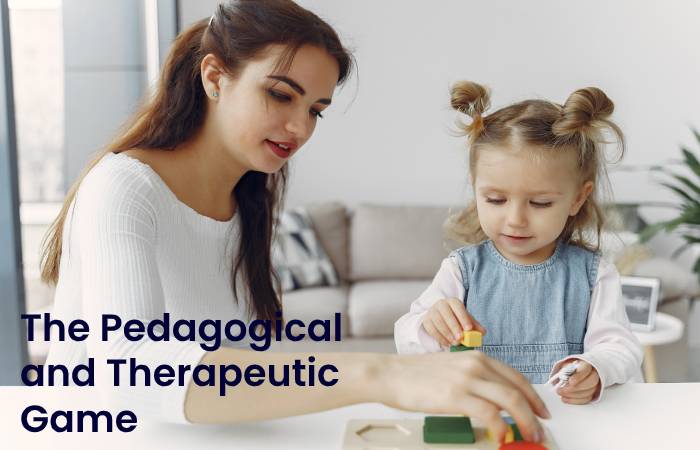
Play as a psycho-pedagogical tool favors learning in all areas of child development:
- Sensitive Area: senses and perception.
- Motor area: fine motor, gross motor, and proprioception.
- Cognitive Area: child improves in memory, attention, cognition, logical processing.
- Communicative Area: language, expression, interaction, dialogues, rituals also improve.
- Affective Area: overcoming fears, distresses, phobias will reduce in the child.
- Social Area: child include themselves in roles, competence, resolve conflicts.
Due to the direct influence that play has on children’s brain development and maturation, it is an essential tool in early interventions both from the family (parents, siblings, cousins) and on the social level (parks, classrooms, school, breaks).
According to Mulas (2011), teachers also play a fundamental role in intervention with preschool children with ADHD, since by placing the “problematic” student close to them they can interact more frequently, asking them questions when they see that getting confused, facilitate their work and even give them more time in academic evaluations when they are older, with the idea of improving their academic performance and thus the self-esteem of the student, seeking a better prognosis.
Therefore, making the early diagnosis of preschool ADHD is a fundamental step because of the relevant implications that this entails in the future life of these children in the academic, behavioral, family and social fields, especially in the combined subtype, since it presents a range most comprehensive range of symptomatic manifestations and problems in different settings.
Only a combined multidisciplinary intervention with a solid base of therapeutic-psycho-pedagogical support, control of medical evolution and the involvement of parents and teachers, make possible a better prognosis in the future development of these children and their families and prevent the appearance of future problems.
ADHD Types
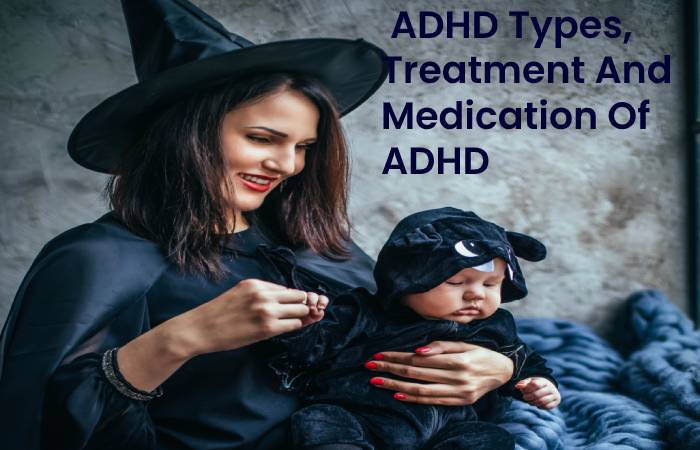
It has grouped the condition into three categories. These types are:
- Predominantly inattentive,
- Predominantly
- Combination of both called as hyperactivity-impulsive
Predominantly hyperactive-impulsive:
People show impulsive behavior and primarily hyperactive who suffering from this type of ADHD. It includes wiggling, interrupting people while they’re talking, and they will not wait for their turn. Although people with this type of ADHD still find it challenging to focus on tasks.
Predominantly inattentive type
The predominantly inattentive type of ADHD people have extreme difficulty following instructions, finishing tasks, and focusing.
According to experts, children with this type of ADHD are shared among the girls may, and also diagnosis is difficult because they don’t tend to disrupt the classroom.
Combined hyperactive-impulsive and inattentive
People suffer from both inattentive and hyperactive symptoms. It is the most common type of ADHD. These include an inability to have attention, a tendency toward impulsiveness, and above-normal levels of activity and energy.
Treatment and medication Of ADHD
It includes Behavioral therapies, medication in the treatment based on the children, and their type.
Three types of therapy include talk therapy, psychotherapy, and also Psycho counseling. By talk therapy, parents and children discuss ADHD and how it affects their life and different ways introduce in their daily routines to manage it.
In behavioral therapy helps the child with learning how to manage your behavior by monitoring. Because of this, it helps a child to improve their practice.
Some medications affect brain chemicals in a way that enables you to control your impulses and actions better and reduce ADHD symptoms.
There are two main types of medications used to treat ADHD are non-stimulants and stimulants.
Most commonly prescribed ADHD medications are central nervous system (CNS) stimulants. These drugs work in increasing the amounts of dopamine and norepinephrine brain chemicals. Doctors will suggest the best medicines by consulting them.
If stimulants don’t work well or some side effects will notice, the doctor may suggest a non-stimulant medication. By this Norepinephrine levels will increase in the brain.
ADHD Natural Remedies
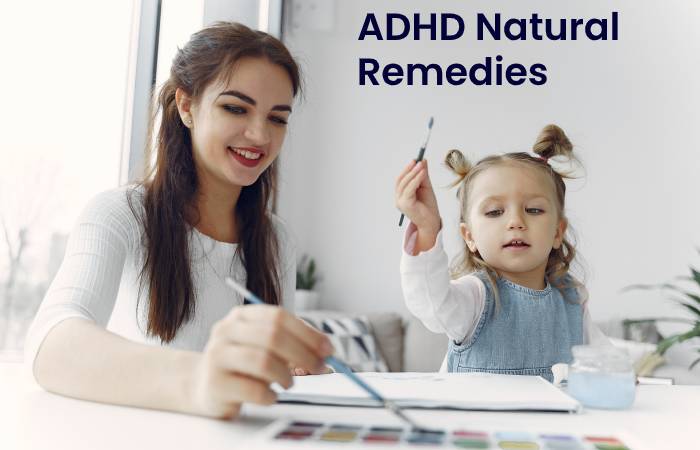
In addition to medication, several remedies and processes have suggested helping improve and reduce symptoms of ADHD.
To manage ADHD symptoms, a healthy lifestyle for children with their parents is essential.
The (CDC) Centers for Disease Control suggests these natural remedies:
- Parents should Prepare a child to have a healthy, balanced diet.
- Children should participate in at least 30 minutes of physical activity two times a day.
- Plenty of sleep is and significant to children.
- Limiting daily time from TV, phones, and computers.
Helping calm overactive minds, children should spend some time outdoors with their parents. It may ease ADHD symptoms.
In teens, adults, and children, if they practice meditation to have positive effects on attention and concentration processes. Due to that, reflection, anxiety, and depression also reduce.
Avoiding fast foods specific allergens and also some food additives are also potential ways to help reduce ADHD symptoms
Conclusion
If children and adults, untreated ADHD can lead to a severe impact on their life. It can affect children in school, employees at work, and also, relationships. Psychological treatment is essential to reduce the impact of the condition. Many people with ADHD enjoy, fulfilling their life with beautiful memories; it will not come into the notice to them to lead successful lives.
In the first step, we have to go to family doctor if the child has ADHD. They suggest the right path and gives us a clear explanation that ADHD is a real factor that a child is suffering. Doctors will tell us a precise treatment plan to help you manage your symptoms and live well with ADHD.


